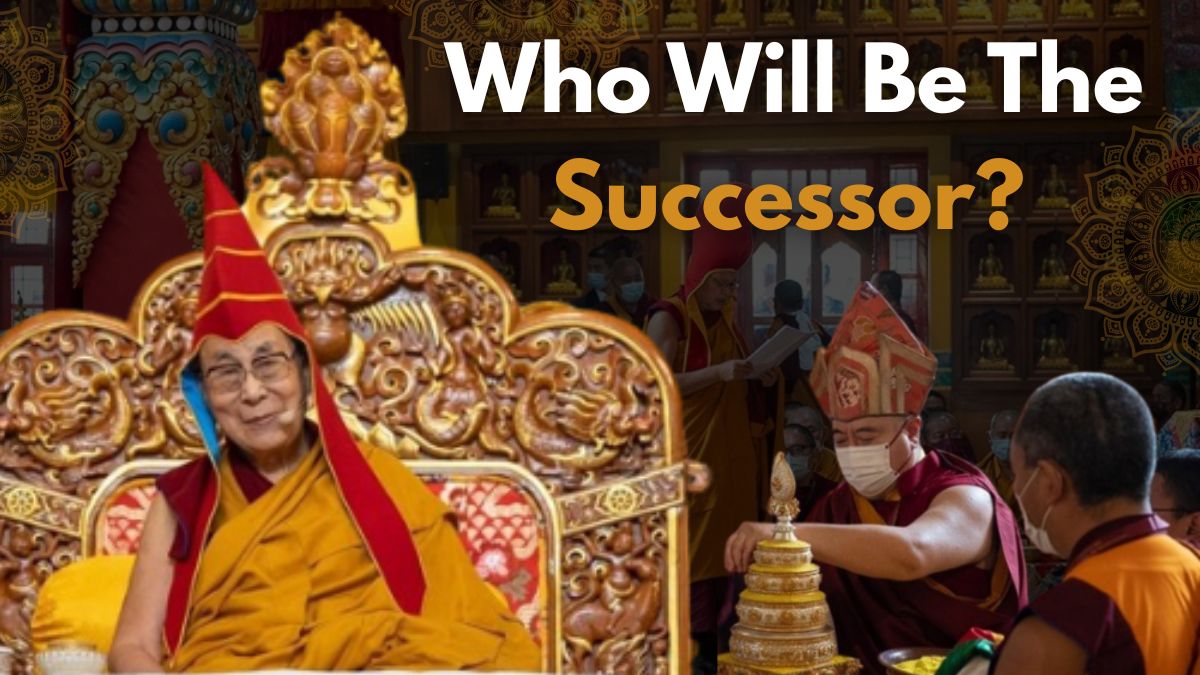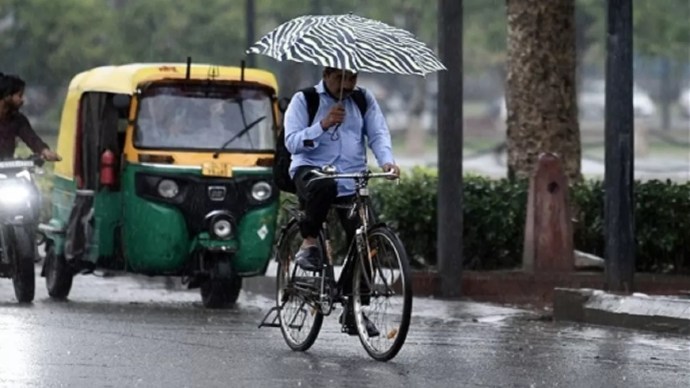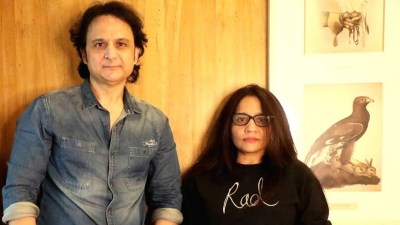The Nobel Peace laureate, His Holiness the Dalai Lama, will turn 90 on Sunday. All eyes are on him amid reports that he may announce his successor this week, possibly through a message or on July 6, his birthday, during a gathering expected to include numerous dignitaries from both India and abroad. The year-long birthday celebrations of the Tibetan spiritual leader will start in McLeodganj in Dharmashala, the headquarters of the Tibetan government-in-exile, and conclude on July 5 2026.
As for the matter of the next successor or reincarnation, a decision is expected this week, between July 2 and July 4. During this period, the Dalai lama is expected to take part in special prayers and a religious gathering in Dharamshala, organised by the heads of all Tibetan Buddhist schools and other scholars. Dalai Lama is expected to consult them on the question of his reincarnation. Ministers, including Penpa Tsering, Sikyong, and deputy speaker Dolma Tsering, have hinted at the same on the new successor. According to them, in 2011, the Dalai Lama stated that he would choose his successor when he turned 90 years old.
China Keeps A Close Watch!
China has already stated and insisted that the next successor must be approved by the Chinese government. This move is seen as an attempt to assert religious control over Tibet. The People’s Republic of China (PRC), which has ruled Tibet since 1950, have said that there will be a successor to the 14th Dalai Lama and that the next incarnation will be born within China after approval by its authorities. China says its leaders have the right to approve the Dalai Lama’s successor, as a legacy from imperial times. However, Tibetans, including those in exile, have clearly said they will not accept this and that the next spiritual leader will come from outside China. Additionally, in the Dalai lama’s book “Voice for the Voiceless”, released in March 2025, the Dalai Lama said his successor would be born outside China.
How Is a New Spiritual Leader Selected?
The Dalai Lama has lived in exile in northern India since 1959. He fled to India after a failed uprising against the rule of Mao Zedong’s Communists. In 2011, he made a statement that he would release details about his succession around the time of his 90th birthday. On Monday, addressing a gathering in Dharamshala, he said: “There will be some kind of a framework within which we can talk about the continuation of the institution of the Dalai Lamas”.
The Tibetan parliament-in-exile says there is a system in place to let the exiled government keep working. Meanwhile, members of the Gaden Phodrang Foundation will be responsible for finding and identifying the Dalai Lama’s successor.
How Was The 14th Dalai Lama Chosen?
According to a Reuters report, the 14th Dalai Lama was born as Lhamo Dhondup on July 6, 1935, into a farming family in what is now Qinghai province, China. He was recognised as the reincarnation of the 13th Dalai Lama when he was just two years old.
According to his official website, a group sent by the Tibetan government found him based on several signs, including a vision seen by a senior monk. They became sure he was the one when the young boy correctly identified items that had belonged to the 13th Dalai Lama, saying, “It’s mine, it’s mine.”
In the winter of 1940, he was taken to the Potala Palace in Lhasa (now in the Tibet Autonomous Region) and officially made the spiritual leader of the Tibetan people.











